4G Wine Estate / 4Gワイン・エステート
Republic of South Africa / 南アフリカ共和国
2024
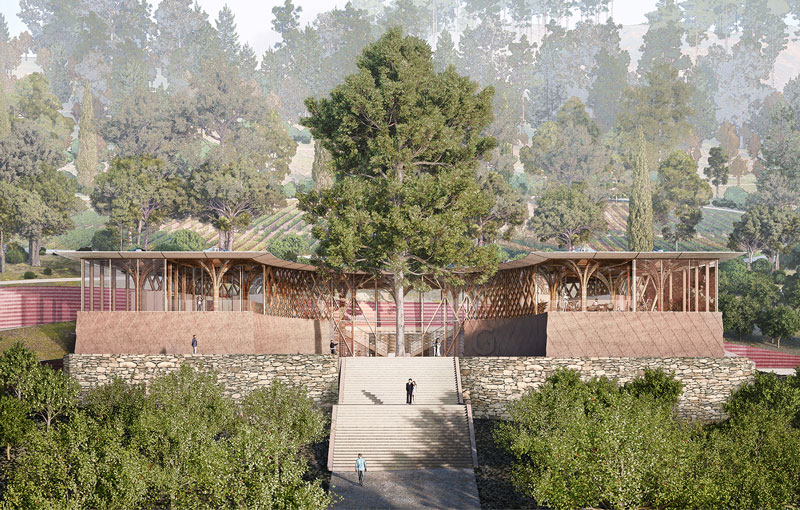
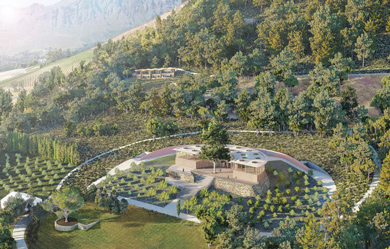
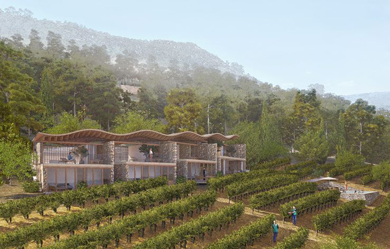
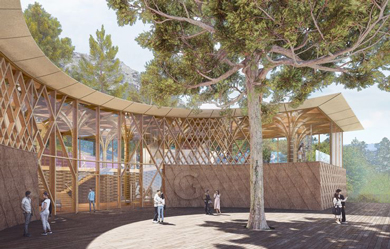
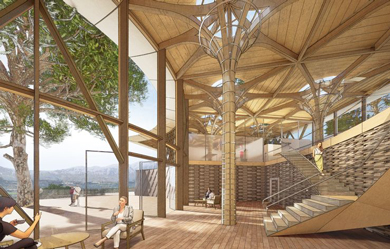
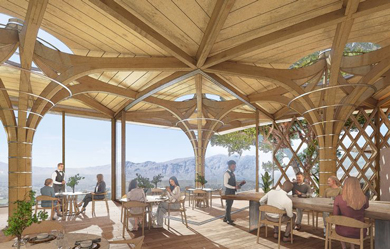
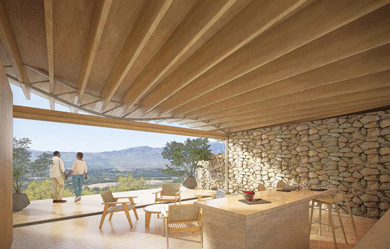
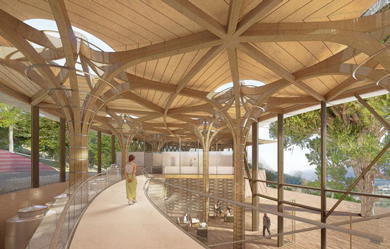
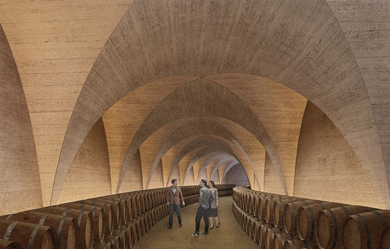
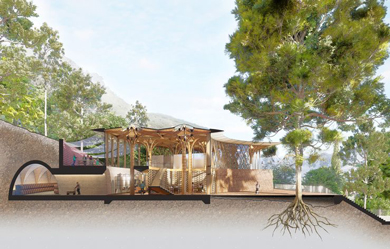
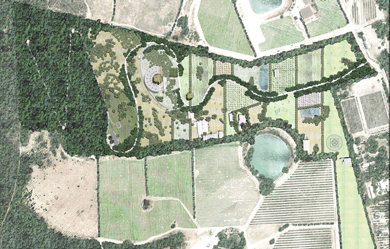
In Japan, from ancient times, "Goshimboku (sacred trees)" have been a symbolic tree at Shinto shrines and are said to bring good luck, protect against evil and bring prosperity to business, and is said to bring peace of mind. When I visited the site I was attracted to a huge pine tree rising in the middle of the slope. I felt that the tree was indeed a "Goshimboku." So I decided to place the main building of the project around the pine tree. Then, I incorporated ideas unique to wineries and local context, into the architectural composition.
First, the wooden, tree-like columns and roof. Here, strips of timber are bound together with metal hoops, like wine barrels. For the exterior walls, I used thatch, a technique commonly used in the region. For the interior walls, old barrels were dismantled and woven into a traditional basket pattern. In this way, I wanted to weave together an architecture that could only be created here, like the wine that can only be made here, taking advantage of the locality, just like the 4G Wine Estate's commitment.
日本では古来より神社にシンボルツリーとして“御神木(sacred tree)”があり、縁結び、厄除けや商売繁盛などのご利益があるとされ、訪れた者の心を落ち着かせると言われています。 この度、私が敷地を訪れたとき、敷地の斜面の中腹にそびえていた巨大な松の木に引き寄せられました。まさにその木は“御神木”だと感じました。そこで本計画のメインの建物をそのご神木を囲むように配置しようと考えました。そして建築の構成として、ワイナリーならではのアイディアや地域性を積極的に取り入れました。
まずは木造の、樹木のような柱と屋根。ここにはワイン樽のように木のストリップを金属のフープで束ねて一体化しています。外壁には、この地域でよくつかわれる茅葺技術を使いました。内壁には、古い樽を解体し、それを伝統的な籠のパターンのように編ねています。 このようにして、4Gワイン・エステートのこだわりのように、この地の利を生かした、ここでしか作れないワインのような、ここでしか生まれない建築を紡いで作りたいと考えました。